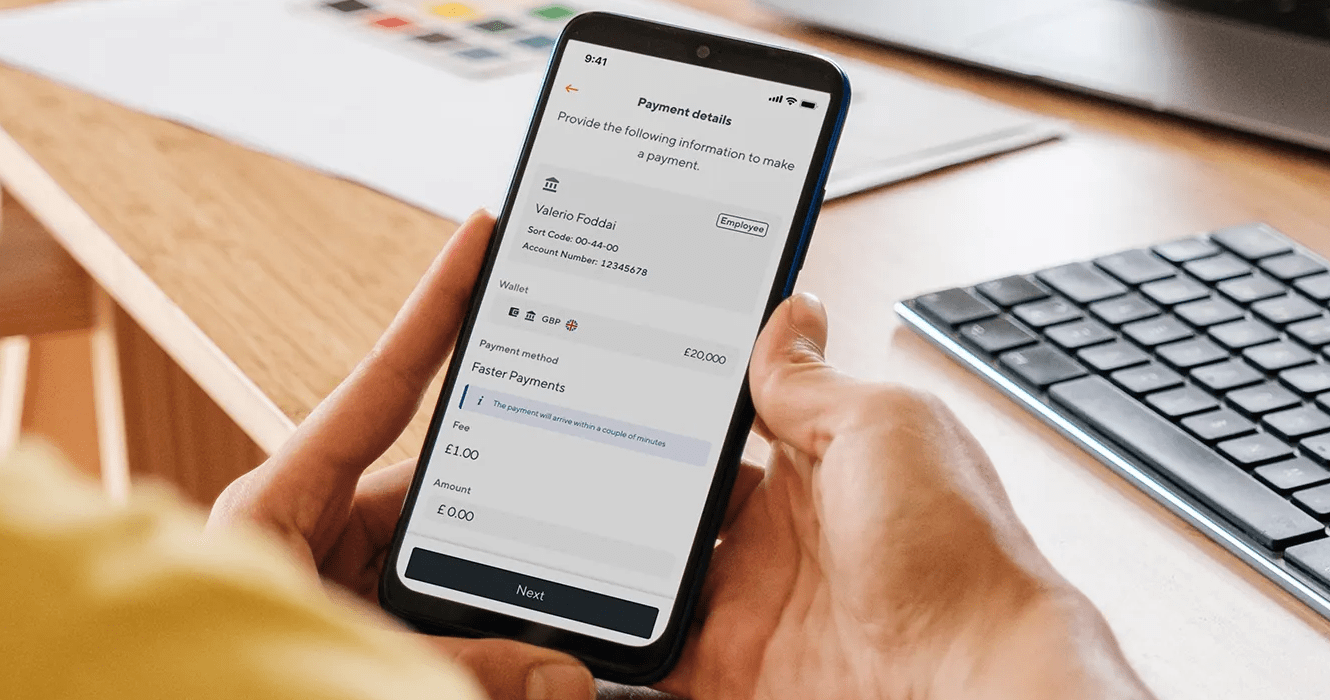What’s finance automation for? 4 game-changing use cases to fuel business growth
Finance automation’s most commonly touted benefit is efficiency. But while saving time and money are undoubtedly big positives, finance automation can do much more for your business.
Automating repetitive, time-consuming financial processes enables you to be more agile and adaptable, and have a better grasp of your overall financial health.
More significantly, it equips you with the tools you need to make informed decisions about how best to deploy your resources as your business grows.
Here’s a look at four compelling finance automation use cases and how they can help your business thrive.
Use case 1: Managing employee expenses at scale
Reimbursing employee expenses is tedious, laborious, and resource-heavy to begin with. But it gets harder to stay on top of things as your business grows.
It typically takes 15 minutes to process a single expense report. That’s manageable when you’re a startup with 5 or 10 employees. But when you consider that a company of 450 people processes around 135 expense reports a month, it’s not hard to see how money can start leaking through the cracks.
More often than not, this becomes a Catch-22 situation.
If your expense management process is too relaxed, your spending could spiral out of control. Or, worse, your staff might start feeling like they can get away with claiming expenses they shouldn’t be claiming.
But tightening the rules can also backfire.
If — to give just one example — staff have to file a form in triplicate and wait for your go-ahead every time they need to drive to a client meeting in their own car, it’s going to make their jobs more difficult and cause unnecessary frustration. And that’s leaving aside the increased workload for your already busy finance team.
Automating the process can help you strike the right balance.
You can control what your staff can or can’t spend money on, how much they can spend, and set different spending rules for individual employees. And because modern expense management software typically has spending rules baked in, there’s no need to actively police spending.
More to the point, automation grows with you. It doesn’t matter if you’re a team of five or 500. The software will automatically block disallowed expenses and any spending over a pre-set limit.
Use case 2: Getting more value out of discretionary spending
Like employee expenses, staying on top of software subscriptions, marketing spend, and other discretionary expenses gets trickier as you grow.
Because they’re relatively small amounts (usually under £10,000), a formal procurement process would feel like overkill. But letting teams manage their own discretionary budgets also has its pitfalls.
Case in point, teams rarely talk to each other about what subscription services they use. As a result, a company with 50 to 200 staff has around 2 to 4 duplicate software subscriptions and 1 to 3 ‘orphaned’ subscriptions — subscriptions with no billing owner.
Similarly, it can be difficult to work out what a particular team is spending their budget on and, so, to evaluate if they’re using it effectively, especially if everyone is paying with the same shared credit card.
Using a tool that automatically tracks and records every transaction addresses these challenges by giving you real-time visibility into how each team is using money.
You can identify areas where you’re overspending and step in. If you have duplicate subscriptions, for instance — or more than one team uses the same supplier — you can negotiate a single enterprise rate.
Even better, you can see how your spending decisions are working out in real time. Which spending is actually contributing to your growth? And what are the drains on your resources?
Use case 3: Taking the effort out of spend analysis
Spend analysis — the process of putting your spending under the microscope and working out how to make your money work harder — is critical to business growth. But it’s often at the bottom of finance teams’ to-do lists.
The problem with spend analysis is that, while your accounting system is a good starting point, you’ll also need to look at expense reports, credit card statements, spreadsheets, and other manually-collected, historical data to get the full picture of your business’ financial health.
This data is usually all over the place, so your staff have to track it down. And then, they have to organise it so it makes sense.
Nine times out of ten, preparing raw data so it’s fit for analysis involves manual inputting and reconciliation.
Accounting systems don’t usually connect to online credit card accounts. The data in spreadsheets, meanwhile, typically needs to follow a specific format for accounting software to accept it for upload. Even then, some of the data may move during uploading, which means you’ll have to manually double-check everything is still in the right fields.
As a result, spend analysis:
- Is tedious and time-consuming to do
- Is prone to error — 88% of spreadsheets have at least one mistake
- Is a reactive exercise. By the time you finish your analysis and identify inefficiencies, the business may have already wasted a significant chunk of money
Using finance automation means you don’t have to do all this groundwork. The software automatically captures, records, and categorises transactions as they happen. Which means you can skip the admin and go straight to the valuable part — working out what the numbers are saying about your business’ health.
More importantly, you’ll have a single source of data you can trust. And because everything is recorded in real time, you can keep an eye on company-wide spending, spot trends, and work with other teams to improve spend efficiency, instead of realising there are issues at the end of the quarter or, worse, at the end of the financial year.
Use case 4: Accurate and responsive budgeting
Budgets and revenue forecasts are the cornerstones of business success. They ensure you can operate within your means, manage unexpected challenges, and fund your growth. But because they’re typically based on historical data, they can be imprecise at best and wish-lists at worst.
Needless to say, this creates challenges that impact growth.
When teams are assigned a chunk of money periodically, they may feel obliged to spend it all even if they don’t need to, just so they can justify getting the same amount next time. That means there’s less to invest in enhancing your product, expanding into new markets, and other valuable projects.
Lack of visibility also makes it harder to respond quickly to changing circumstances, for example by reallocating resources.
While we won’t mention the C-word by name, the events of the past two years have shown beyond doubt that adaptability is more important than ever. As NewDay CFO Paul Sheriff stressed on an episode of The CFO Playbook:
“Gone are the days where you make an annual budget and monitor performance against it. Now, you should be doing some form of financial forecasting every single month.”
As important as it is to review your budgets and forecast regularly, it’s only possible if you have access to accurate, real-time data. Which is where finance automation comes in.
Having access to current financials and real-time spending enables you to budget based on actual need, instead of making predictions.
Crucially, you can see where there are surpluses and shortfalls at a glance and divert your resources should that become necessary. So if your new product’s development budget is running low while the marketing team has barely touched theirs, for instance, you can reallocate the funds and keep things on track.
Finance automation isn’t just more efficient. It’s a better way of working.
According to our research, automating spending controls could save UK businesses a whopping £69 billion a year. But if the cost-savings are enormous, the other benefits of finance automation are even more compelling.
As Enable CFO Nick Rose put it on an episode of our podcast The CFO Playbook, if you want to grow, you need to be able to make decisions quickly for the betterment of the business.
And automation, he concludes,
“[drives] better advice from the finance team… you can get more insight, more depth, and more credibility.”







